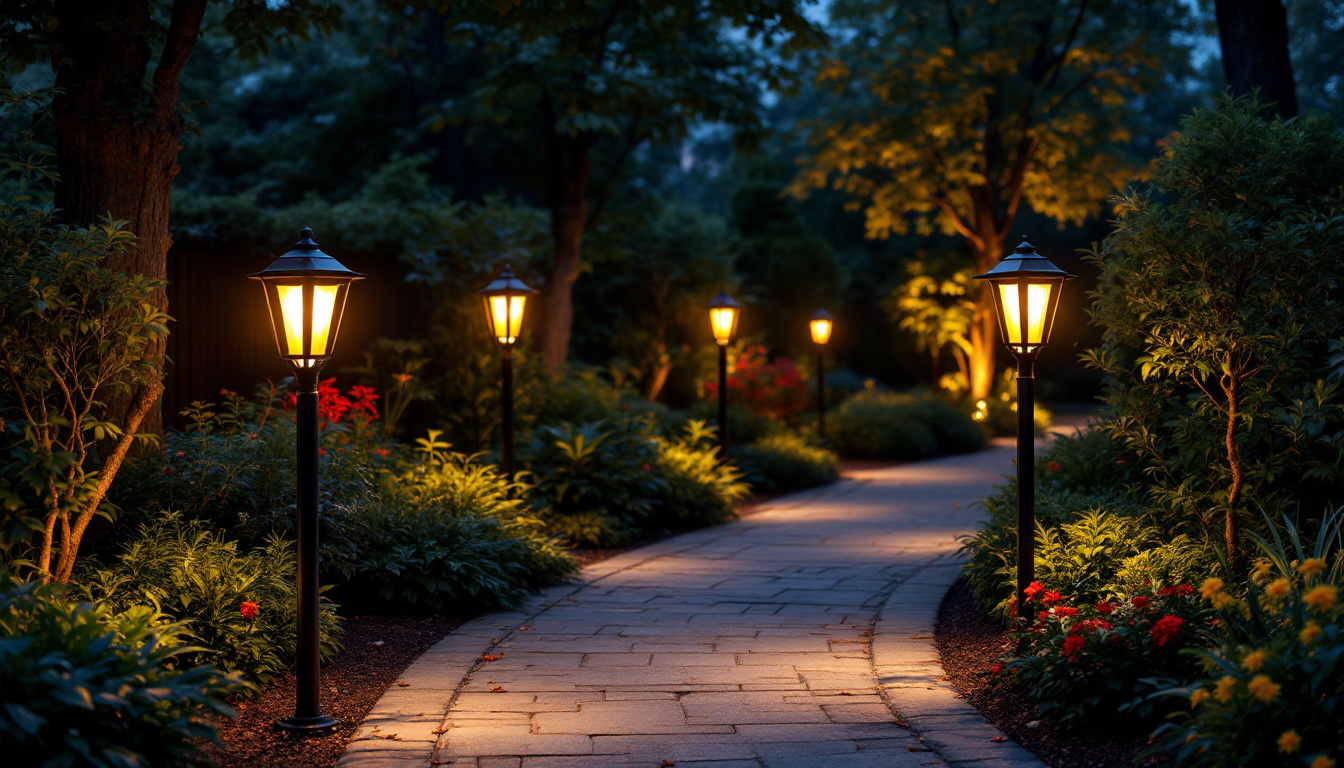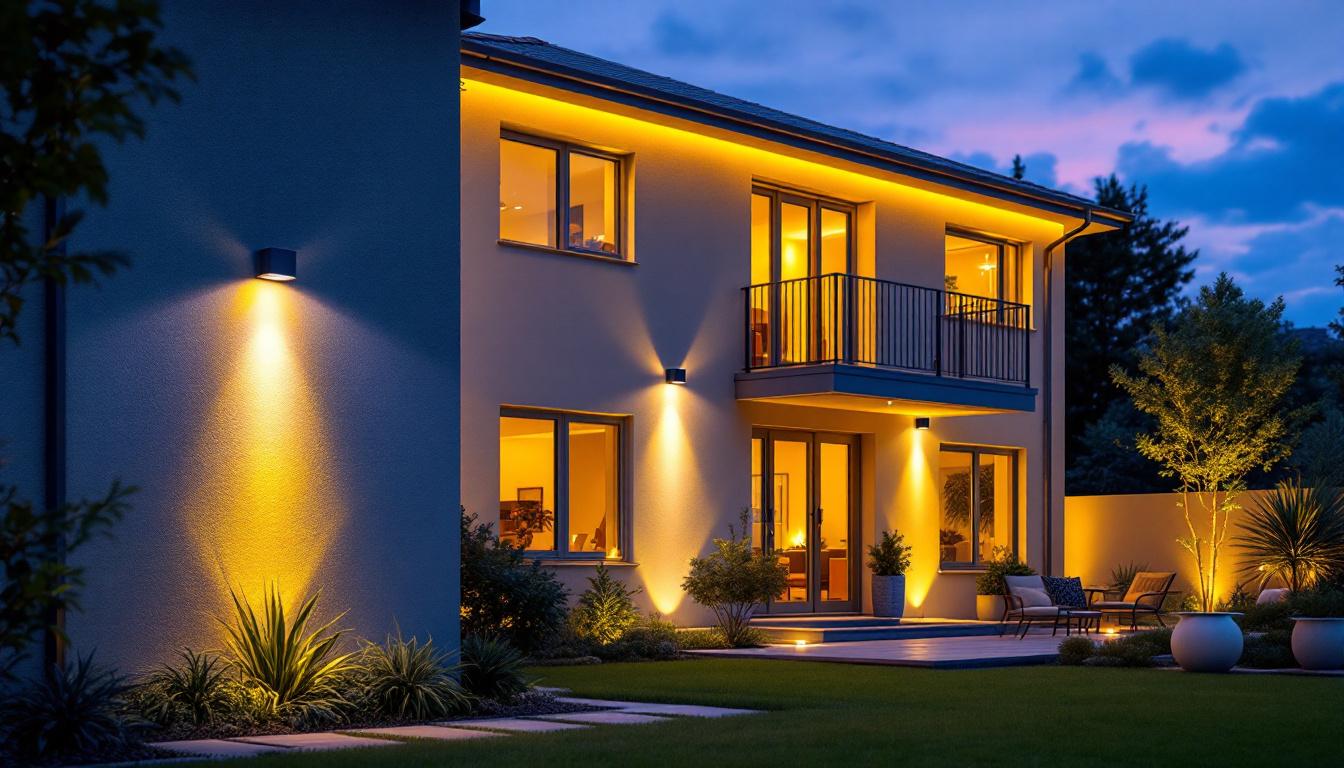Lighting plays a crucial role in enhancing the functionality and aesthetics of spaces. For lighting contractors, understanding the nuances of brightness, especially when it comes to lumens, is essential. This article delves into the specifics of 10 lumens, offering valuable insights and practical guidance for lighting professionals.
Lumens measure the total amount of visible light emitted by a source. Unlike watts, which indicate energy consumption, lumens provide a clearer picture of how bright a light source will be. For lighting contractors, grasping the concept of lumens is vital for designing effective lighting solutions.
When designing a lighting scheme, knowing the appropriate lumen output for a particular space is critical. Different environments require varying levels of brightness. For instance, a cozy living room may only need a few hundred lumens, while a workspace might require several thousand. Understanding these requirements ensures that contractors can create functional and inviting spaces.
Moreover, the distribution of light is just as important as the total lumen output. A well-thought-out lighting design takes into account how light interacts with surfaces, colors, and textures within a room. For example, a room painted in dark colors may absorb light, necessitating a higher lumen output to achieve the desired brightness. Conversely, a space with light-colored walls can reflect light, allowing for a more efficient use of lumens. This nuanced understanding helps contractors tailor their designs to meet both aesthetic and practical needs.
At first glance, 10 lumens may seem insufficient for most applications. However, in specific contexts, this level of brightness can be quite effective. For example, 10 lumens can be ideal for accent lighting, night lights, or subtle illumination in areas where bright light is not desired.
In addition to its use in accent lighting, 10 lumens can serve a functional purpose in outdoor settings. For instance, low-level pathway lights often utilize this lumen output to provide just enough illumination for safe navigation without overwhelming the senses or disrupting the natural ambiance of the night. This is particularly important in residential gardens or parks where maintaining a tranquil atmosphere is essential. By understanding the role of lower lumen outputs, lighting designers can enhance safety and aesthetics in outdoor spaces while minimizing light pollution.
While 10 lumens may not be suitable for general lighting, it has its place in various applications. Understanding where and how to use this level of brightness can enhance the overall lighting design.
Accent lighting is designed to highlight specific features or areas within a space. Using fixtures that emit around 10 lumens can effectively draw attention to artwork, architectural details, or decorative elements without overwhelming the viewer. This subtle approach creates a sophisticated ambiance that elevates the overall design. For instance, strategically placing these low-lumen lights above a sculpture or behind a framed picture can create a dramatic effect, casting gentle shadows that add depth and intrigue. Moreover, the use of dimmable fixtures allows for further customization, enabling homeowners or designers to adjust the brightness according to the time of day or mood desired.
Night lights are another common application for 10 lumens. They provide just enough illumination to navigate a space safely without disrupting sleep or creating harsh glare. Placing these lights in hallways, bedrooms, or bathrooms can enhance safety and comfort, especially during nighttime hours. Additionally, many modern night lights come equipped with motion sensors, ensuring they only activate when someone is present, thus conserving energy. The soft glow of a night light can also serve a psychological purpose, offering a sense of security to children or those who may feel uneasy in the dark, making it a practical solution for families.
In outdoor settings, 10 lumens can be used to create a soft glow in gardens or pathways. This gentle illumination can enhance the landscape design without attracting unwanted attention or causing light pollution. It’s perfect for creating a serene atmosphere in residential yards or public parks. For example, using solar-powered fixtures that emit 10 lumens can not only highlight garden paths but also blend seamlessly with the natural environment, providing a sustainable lighting option. Furthermore, these lights can be used to outline flower beds or water features, subtly guiding the eye and enhancing the beauty of the outdoor space without overpowering the natural elements. This approach not only contributes to aesthetic appeal but also promotes safety by illuminating potential hazards in the dark, such as steps or uneven terrain.
To maximize the effectiveness of 10 lumens in lighting design, contractors should adhere to certain best practices. These guidelines will help ensure that the lighting achieves its intended purpose while enhancing the overall aesthetic of the space.
Before implementing 10 lumens in a project, it’s essential to consider the context of the space. Evaluate the overall lighting design, the purpose of the area, and the desired ambiance. In spaces where subtlety is key, 10 lumens can shine; however, in areas requiring more brightness, this level may fall short. For example, in a cozy reading nook, 10 lumens can provide just enough light to create a warm and inviting atmosphere, allowing for relaxation and focus. Conversely, in a kitchen or workspace where tasks require clarity and precision, relying solely on 10 lumens would likely leave users in the dark, both literally and figuratively.
Incorporating dimmers into lighting designs can enhance the versatility of 10-lumen fixtures. Dimmers allow for adjustments in brightness, providing flexibility to adapt the lighting to different situations or moods. This feature can be particularly useful in residential settings, where lighting needs may change throughout the day. For instance, during the day, a brighter setting may be desirable for activities like cooking or cleaning, while in the evening, a softer glow can create a more intimate environment for dining or entertaining guests. Additionally, using dimmers can help prolong the lifespan of the light fixtures, as operating at lower levels can reduce wear and tear.
To achieve a well-balanced lighting scheme, consider combining 10-lumen fixtures with other light sources. Layering different levels of brightness can create depth and interest in a space. For instance, pairing 10-lumen accent lights with brighter overhead fixtures can highlight specific areas while maintaining overall illumination. This technique can be particularly effective in art galleries or showrooms, where spotlighting certain pieces can draw attention without overwhelming the viewer with excessive brightness. Additionally, using a mix of ambient, task, and accent lighting can help create a dynamic atmosphere that caters to various activities and preferences, ensuring that every corner of the space is both functional and aesthetically pleasing.
While there are effective strategies for using 10 lumens, there are also pitfalls to avoid. Being aware of these common mistakes can help contractors deliver better results for their clients.
One of the most significant mistakes contractors can make is overestimating the brightness of 10 lumens. This output is relatively low and may not suffice for general lighting needs. Misjudging its effectiveness can lead to poorly lit spaces, resulting in dissatisfaction for clients.
The color temperature of a light source can significantly impact how brightness is perceived. Even with 10 lumens, a warm color temperature can create a cozy atmosphere, while a cooler temperature can feel stark and uninviting. Always consider the color temperature in conjunction with lumen output to achieve the desired effect.
Using 10-lumen fixtures in isolation can lead to uneven lighting and a lack of visual interest. Instead, integrate these fixtures into a broader lighting plan that includes various brightness levels and types of light sources. This approach will create a more harmonious and functional lighting design.
For lighting contractors, accurately measuring and testing brightness is an essential step in ensuring that the design meets client expectations. Understanding how to assess lumens effectively can lead to better outcomes.
A light meter is a valuable tool for measuring the brightness of a space. By using this device, contractors can determine the actual lumen output of fixtures and assess how they perform in different environments. This data is crucial for making informed decisions about lighting design.
Engaging with clients during the planning phase is vital. Discussing their preferences and expectations regarding brightness can provide valuable insights. By understanding their needs, contractors can tailor the lighting design to ensure satisfaction and functionality.
Before finalizing a lighting design, it’s wise to conduct tests in real conditions. Setting up temporary lighting solutions can help visualize how 10 lumens will perform in the intended space. This trial-and-error approach can save time and resources while ensuring the final design meets the client’s requirements.
Understanding the implications of using 10 lumens in lighting design is essential for contractors aiming to create effective and aesthetically pleasing spaces. By adhering to the do’s and don’ts outlined in this article, professionals can harness the potential of low-lumen fixtures while avoiding common pitfalls.
Ultimately, the key to successful lighting design lies in a balanced approach that considers the context, purpose, and desired ambiance of each space. By leveraging the unique characteristics of 10 lumens, lighting contractors can deliver solutions that not only meet functional requirements but also enhance the overall experience for clients.
As the lighting industry continues to evolve, staying informed about best practices and emerging trends will empower contractors to excel in their craft. With a solid understanding of lumens and their applications, lighting professionals can illuminate spaces in ways that inspire and delight.
Ready to bring your lighting designs to life with the assurance of quality and value? Look no further than LumenWholesale for all your lighting needs. We provide contractors with an extensive selection of spec-grade lighting products, ensuring that every space you illuminate is not only bright but also beautiful. Say goodbye to inflated markups and hello to superior lighting solutions at wholesale prices. Plus, with free shipping on bulk orders, you can stock up on the best lighting options without worrying about hidden costs. Elevate your projects with the perfect blend of affordability, quality, and convenience. Discover the difference at LumenWholesale – Wholesale Lighting at the Best Value.

Discover the key insights lighting contractors need to know about replacement ballast.

Discover why lighting contractors should be well-versed in ceiling fan installations.

Discover how solar powered post lights can revolutionize your lighting business.

Discover the essential insights lighting contractors need to meet client expectations regarding outdoor lighting light sensors.